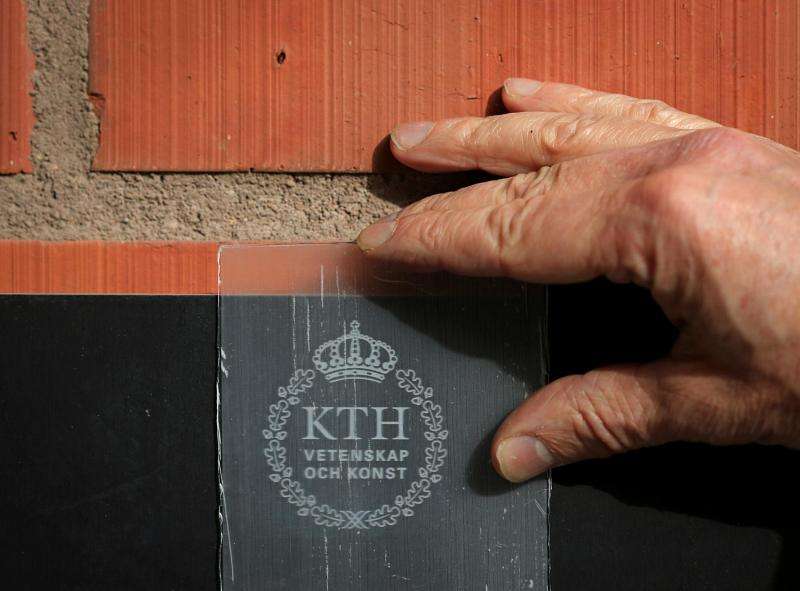Wood windows? Swedes develop transparent wood material for buildings and solar cells

Windows and solar panels in the future could be made from one of the best—and cheapest—construction materials known: wood. Researchers at Stockholm's KTH Royal Institute of Technology have developed a new transparent wood material that's suitable for mass production.
Lars Berglund, a professor at Wallenberg Wood Science Center at KTH, says that while optically transparent wood has been developed for microscopic samples in the study of wood anatomy, the KTH project introduces a way to use the material on a large scale. The finding was published in the American Chemical Society journal, Biomacromolecules.
"Transparent wood is a good material for solar cells, since it's a low-cost, readily available and renewable resource," Berglund says. "This becomes particularly important in covering large surfaces with solar cells."
Berglund says transparent wood panels can also be used for windows, and semitransparent facades, when the idea is to let light in but maintain privacy.
The optically transparent wood is a type of wood veneer in which the lignin, a component of the cell walls, is removed chemically.
"When the lignin is removed, the wood becomes beautifully white. But because wood isn't not naturally transparent, we achieve that effect with some nanoscale tailoring," he says.
The white porous veneer substrate is impregnated with a transparent polymer and the optical properties of the two are then matched, he says.
"No one has previously considered the possibility of creating larger transparent structures for use as solar cells and in buildings," he says
Among the work to be done next is enhancing the transparency of the material and scaling up the manufacturing process, Berglund says.
"We also intend to work further with different types of wood," he adds.
"Wood is by far the most used bio-based material in buildings. It's attractive that the material comes from renewable sources. It also offers excellent mechanical properties, including strength, toughness, low density and low thermal conductivity."
More information: Yuanyuan Li et al. Optically Transparent Wood from a Nanoporous Cellulosic Template: Combining Functional and Structural Performance, Biomacromolecules (2016). DOI: 10.1021/acs.biomac.6b00145
Journal information: Biomacromolecules
Provided by KTH Royal Institute of Technology




















